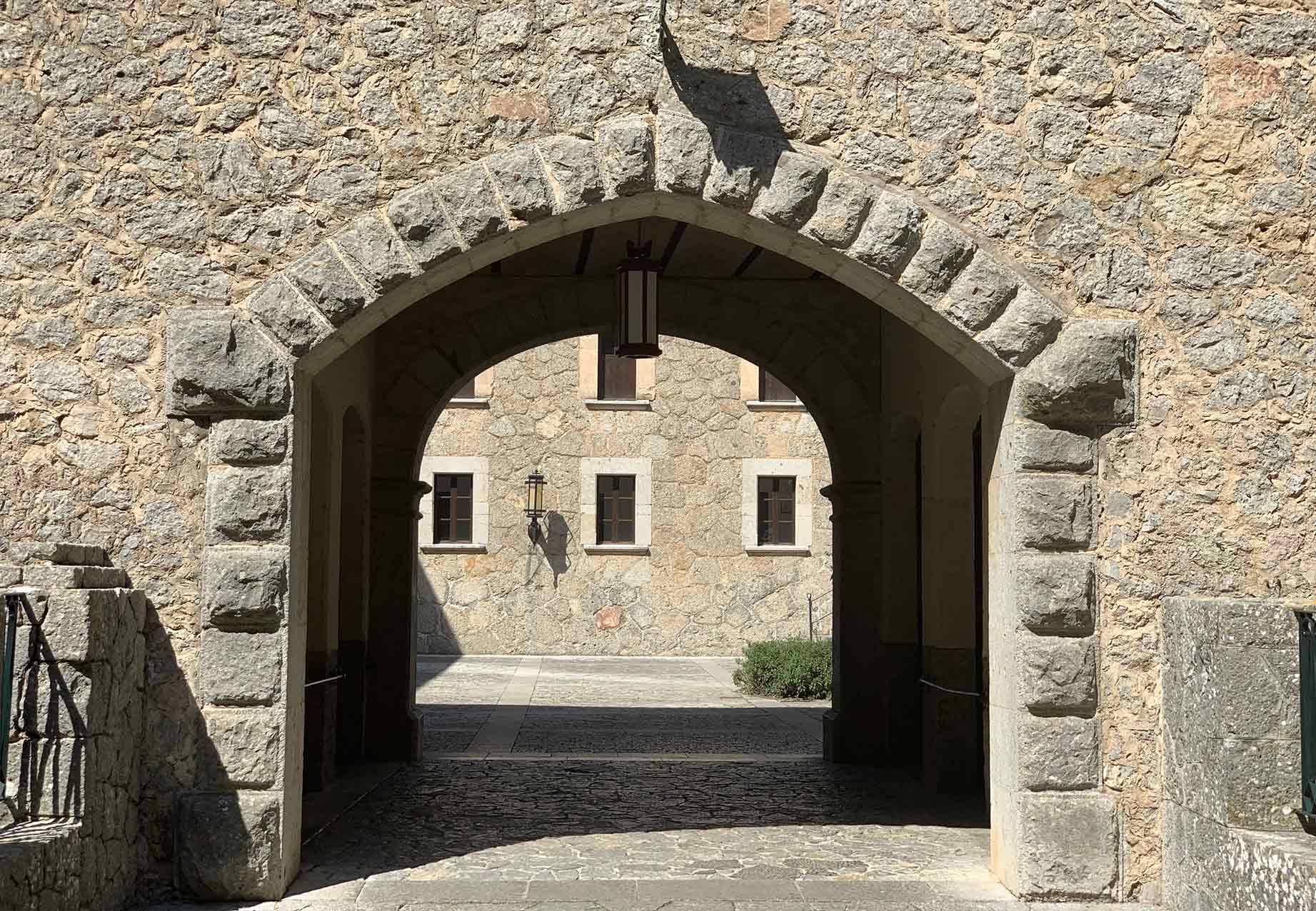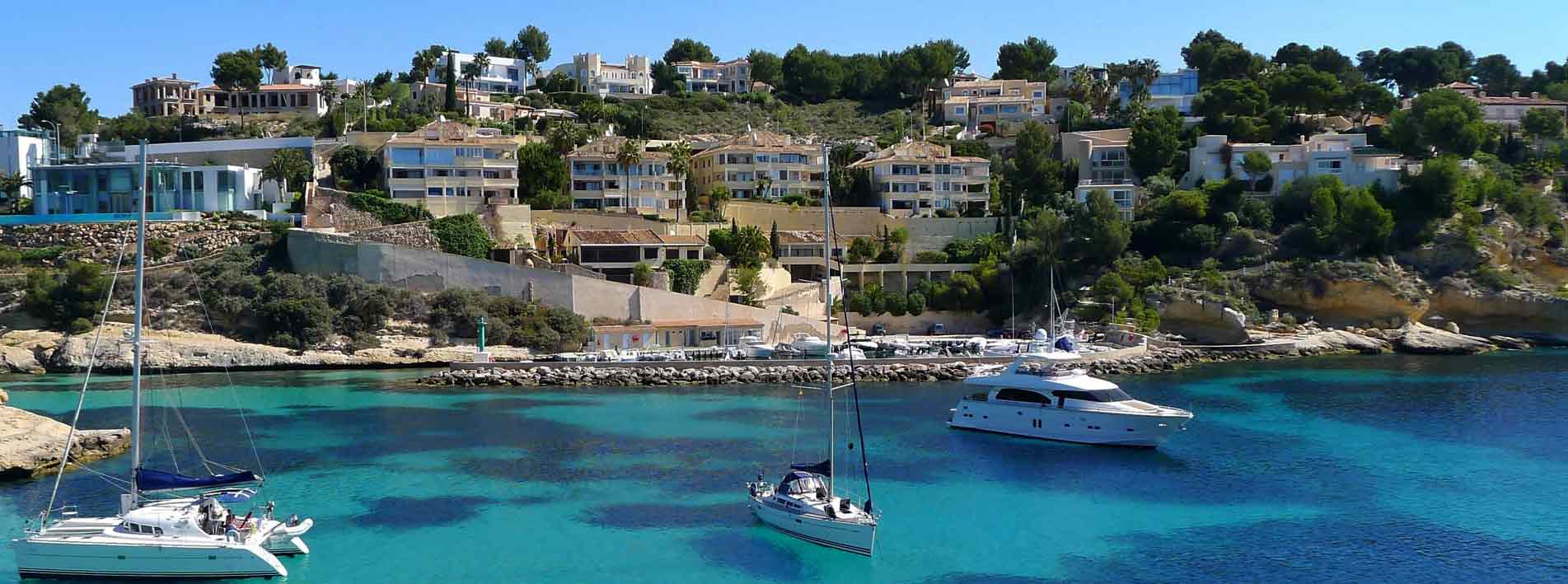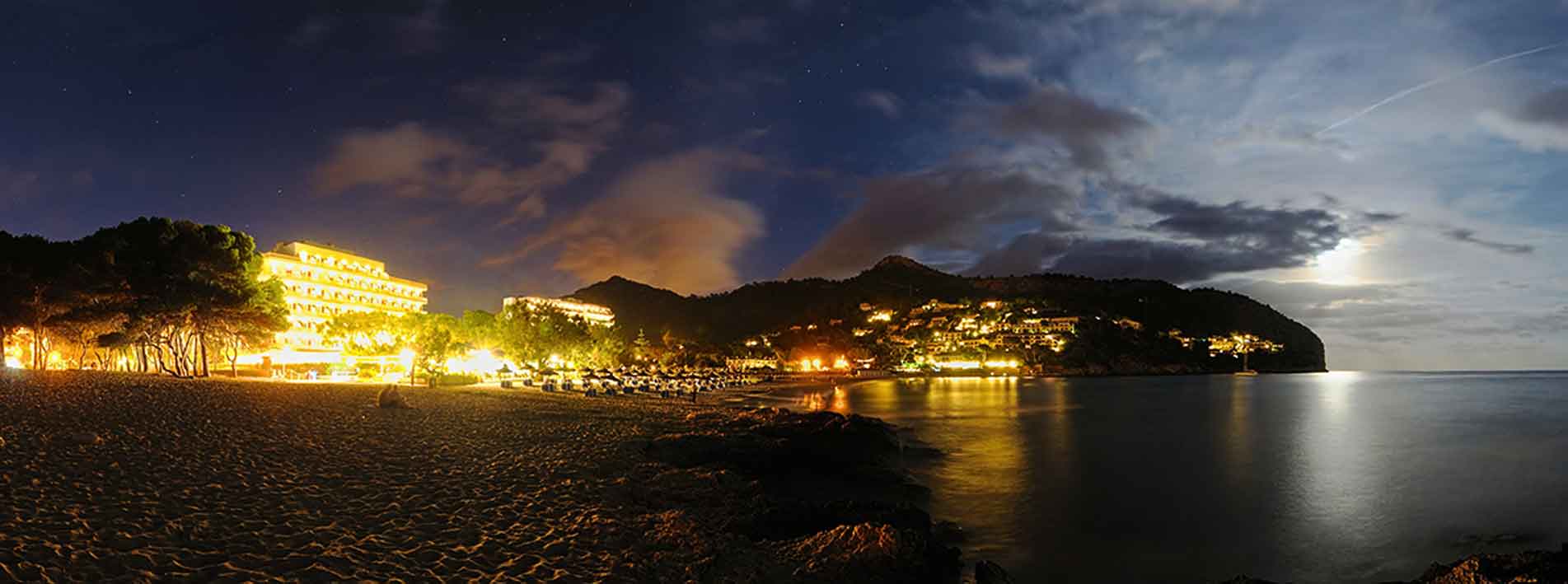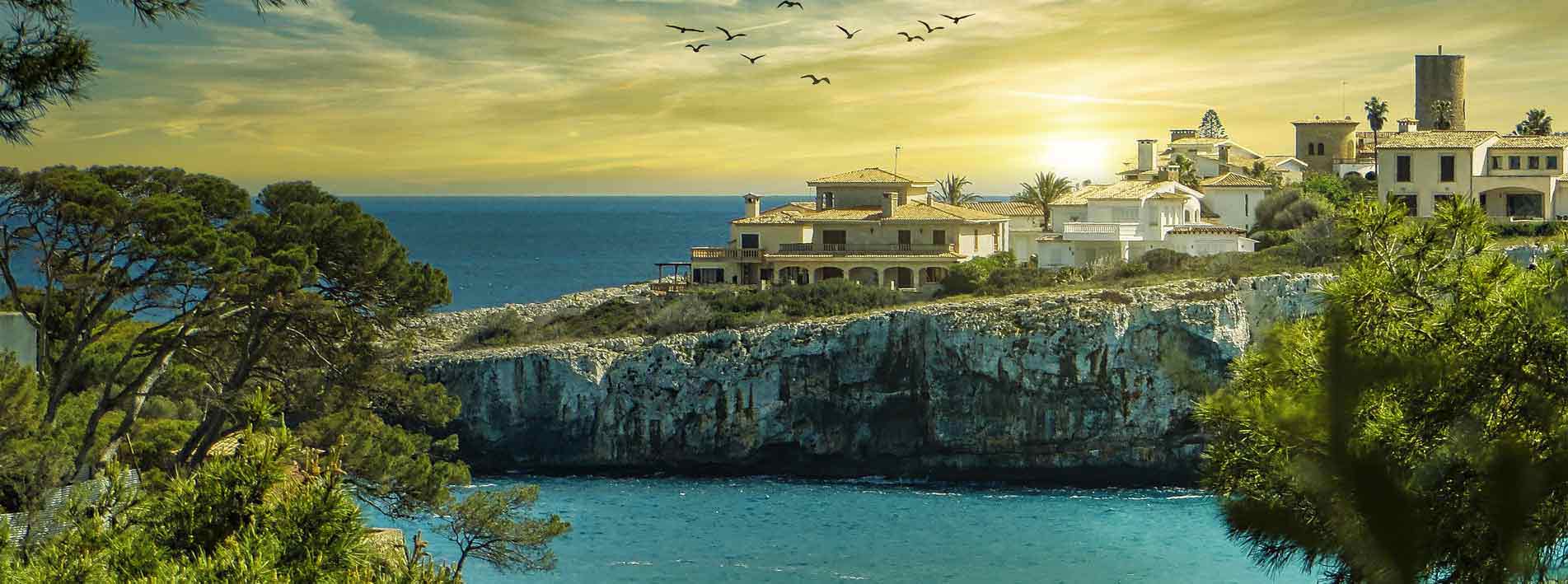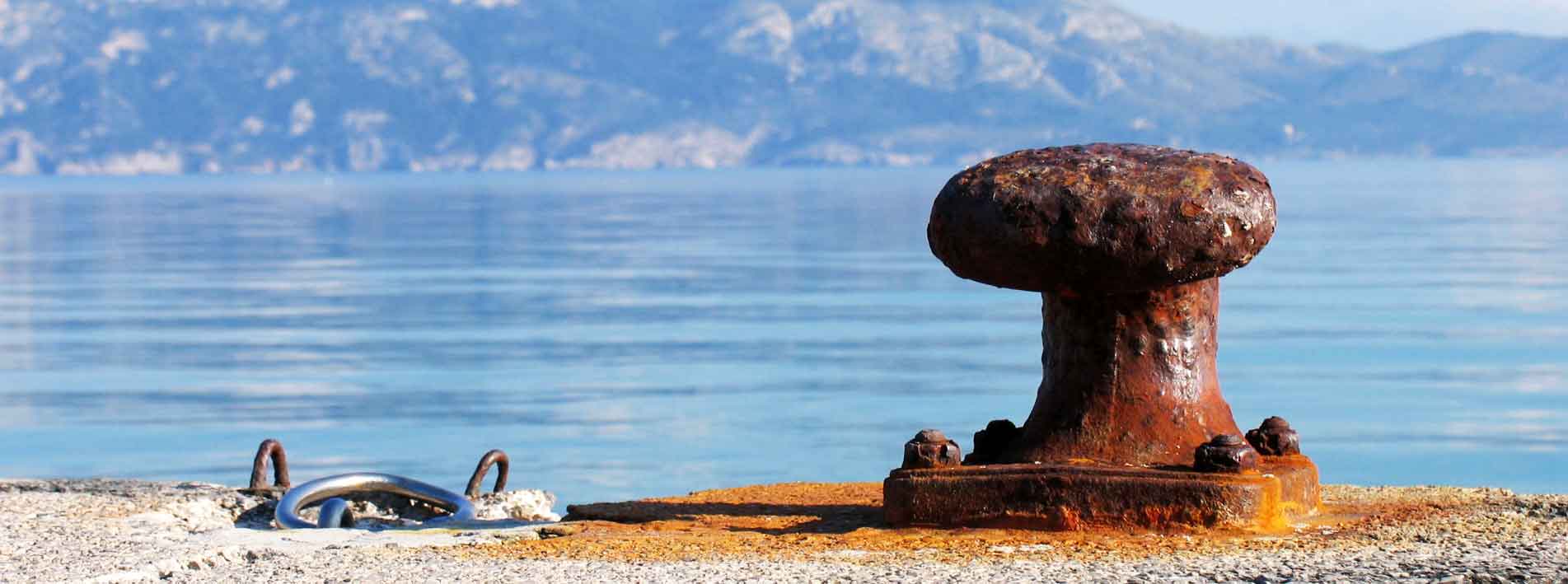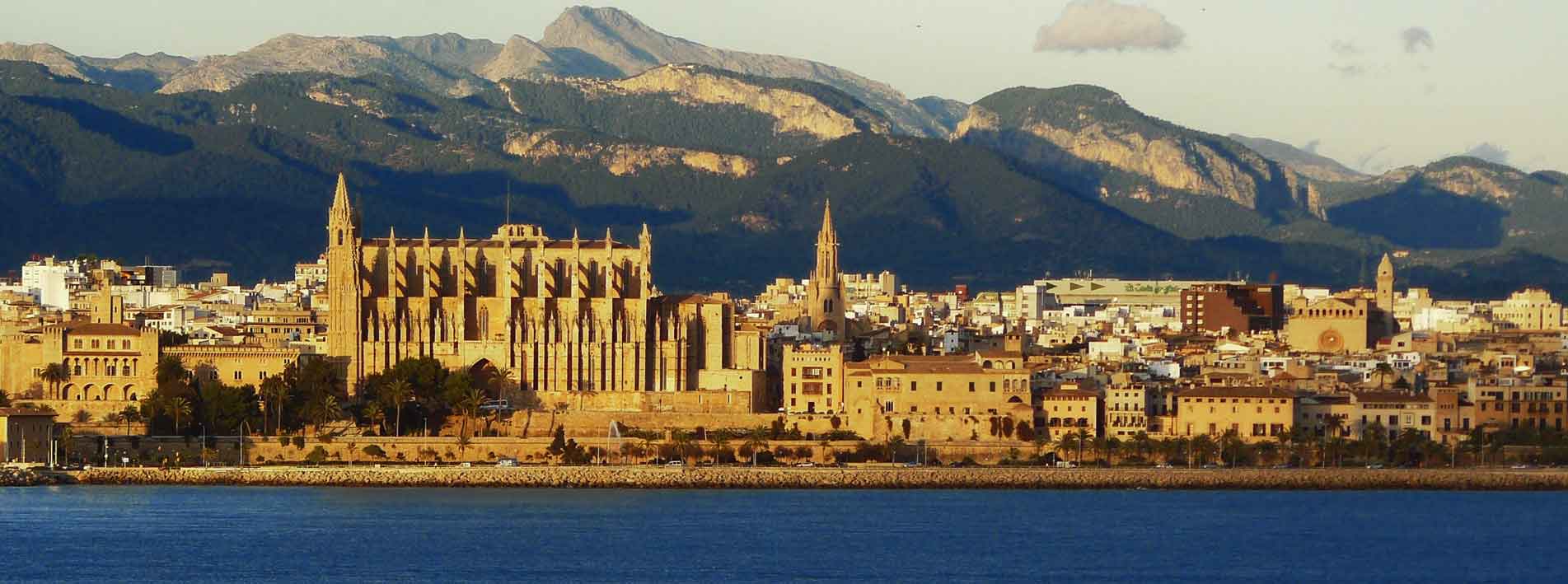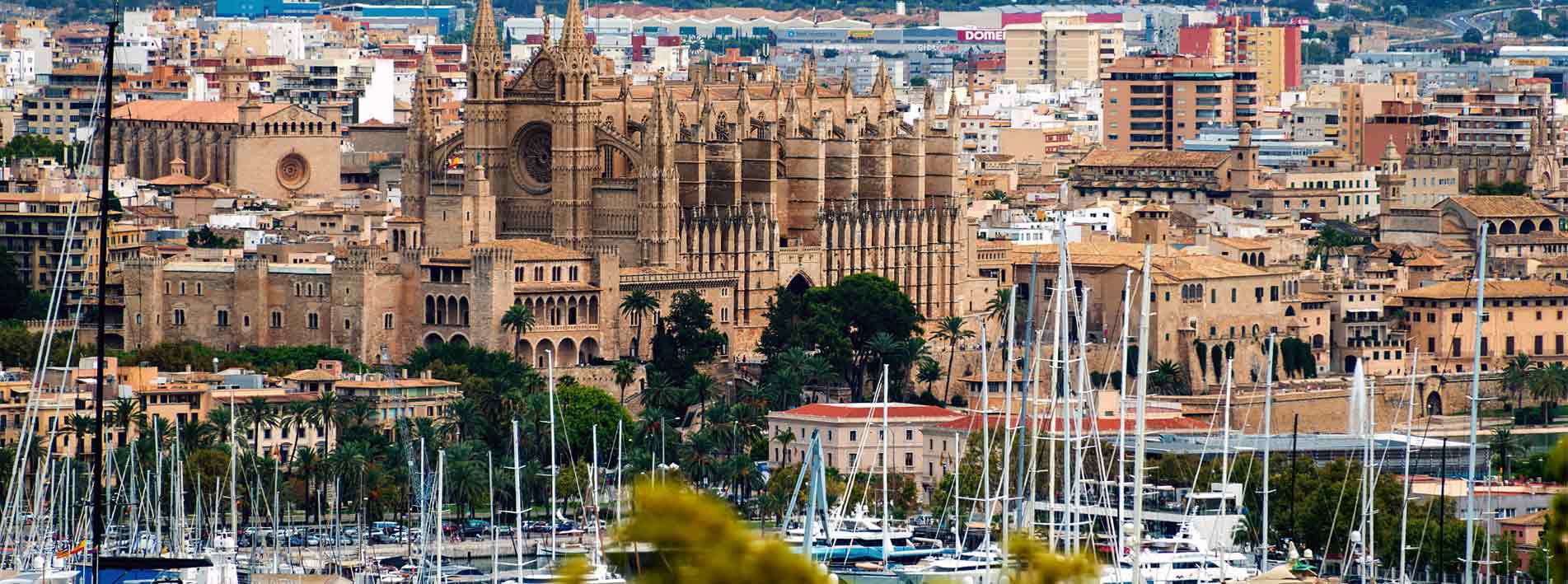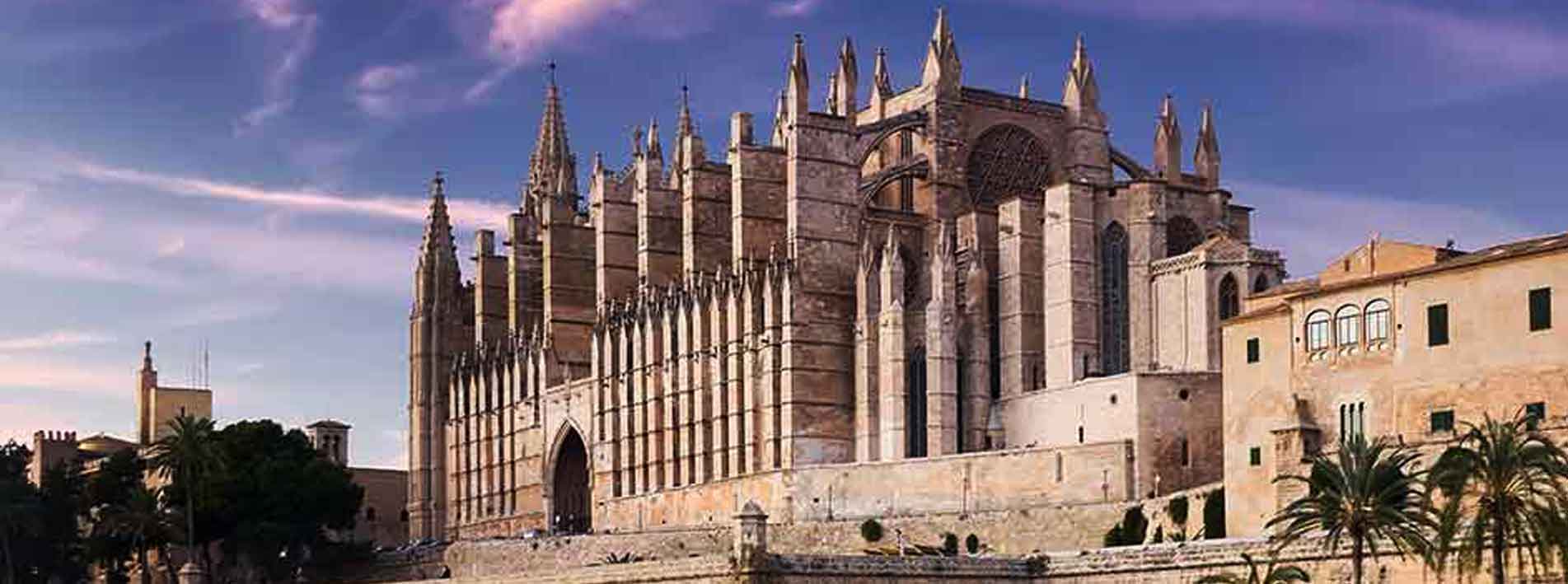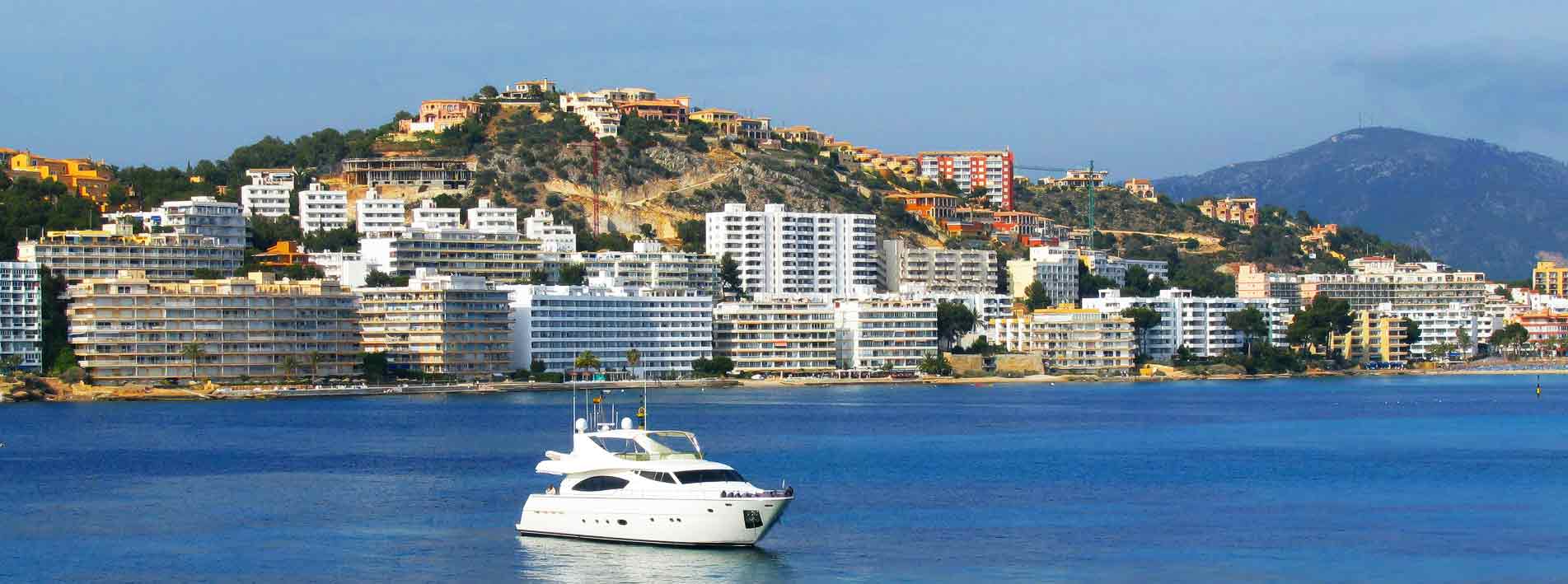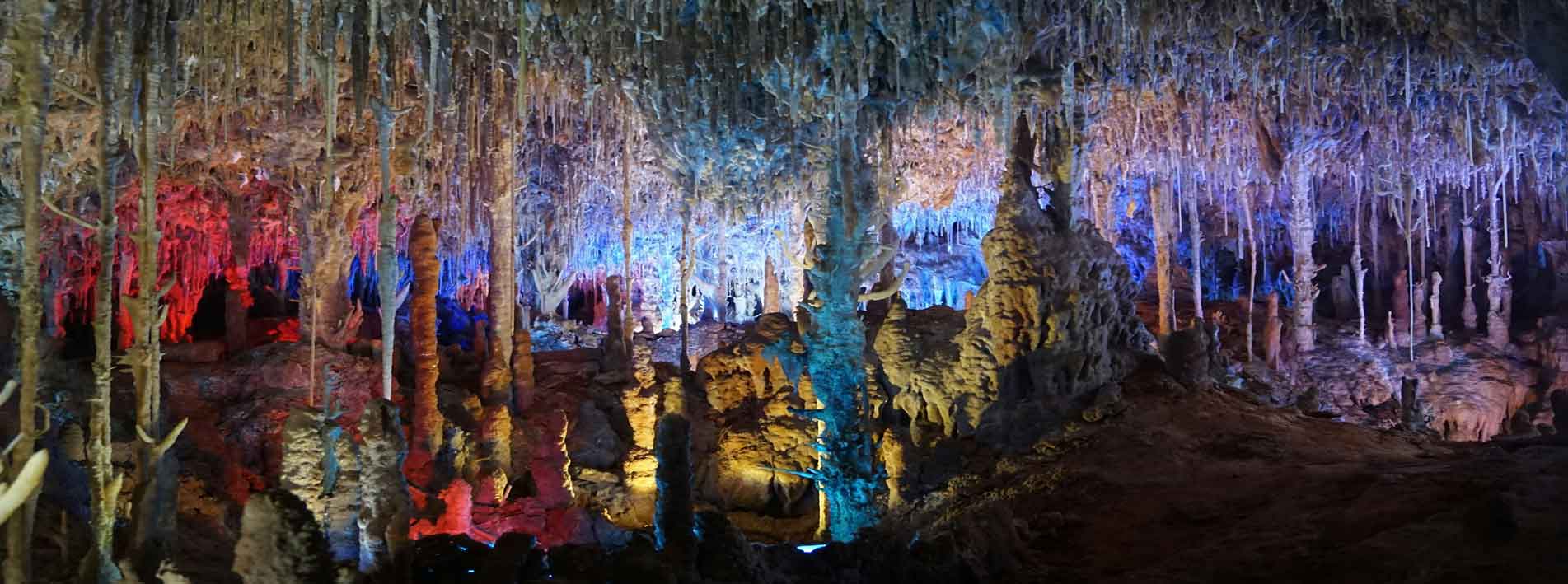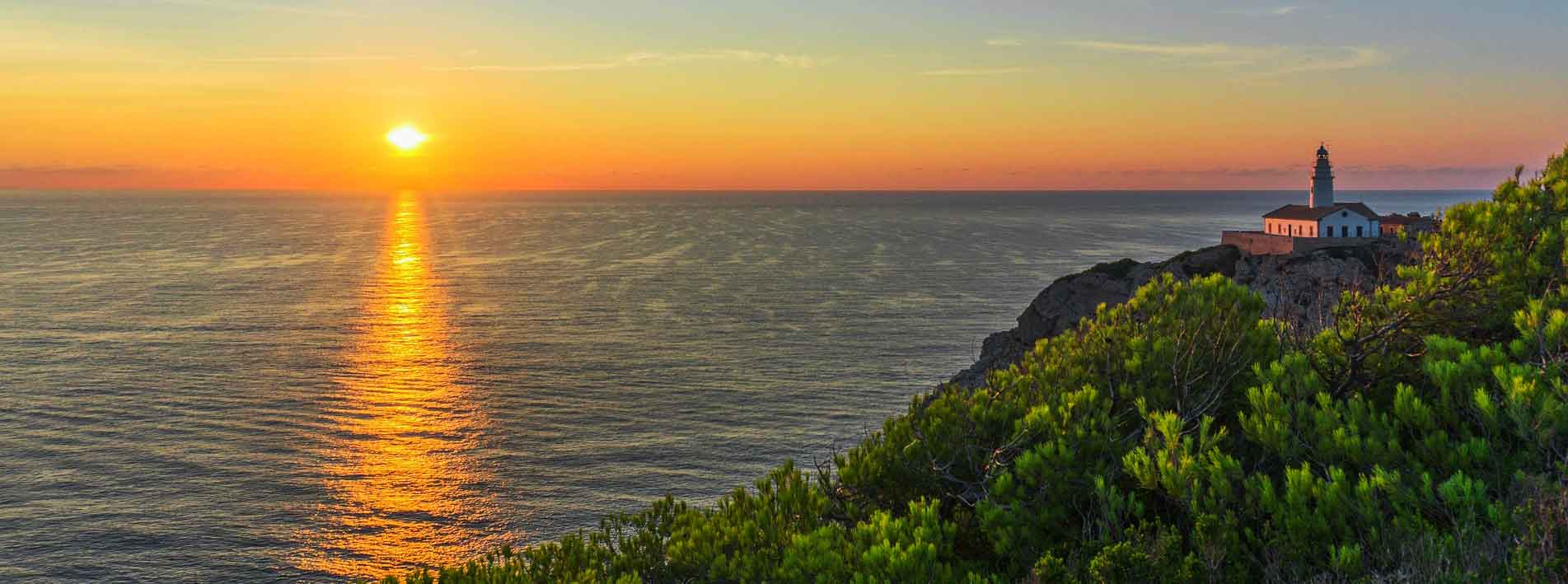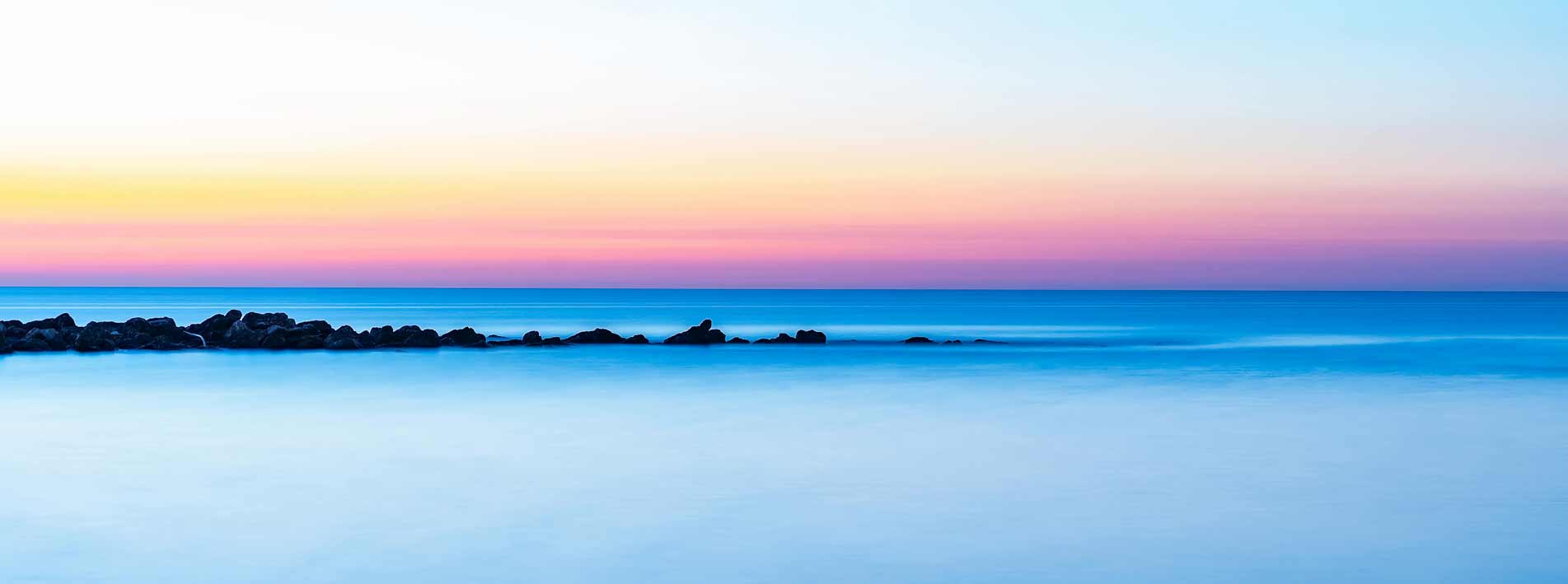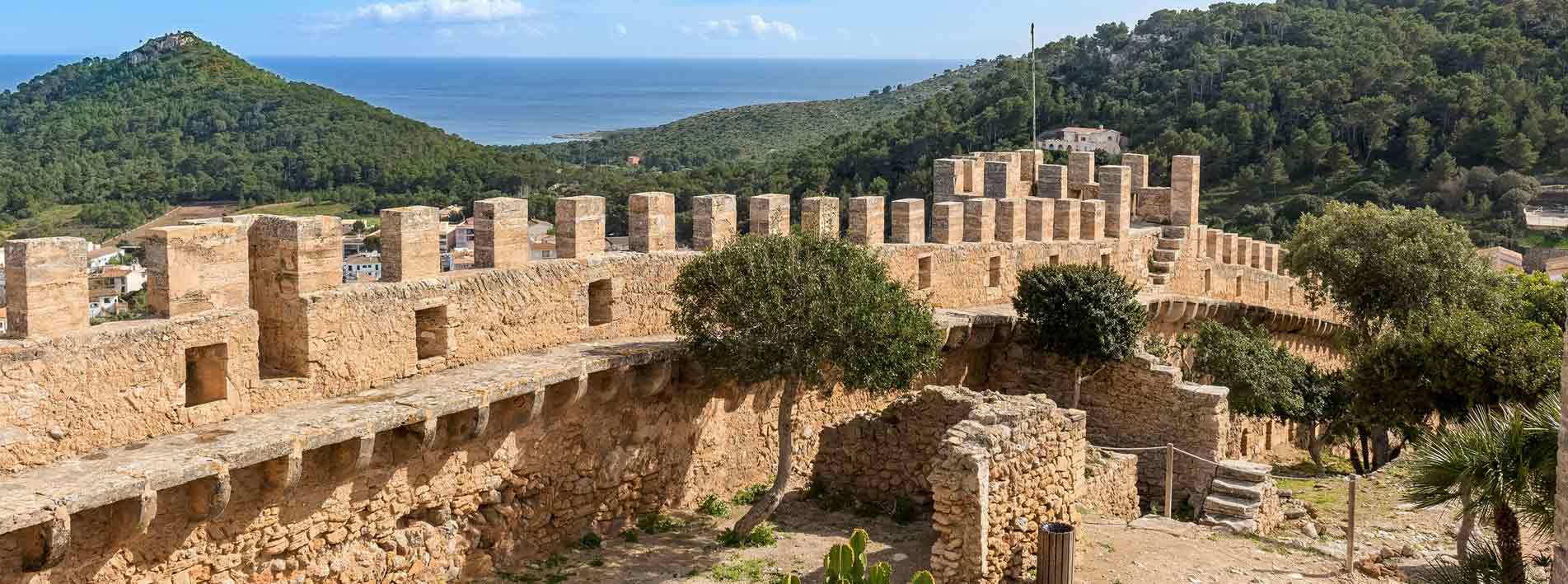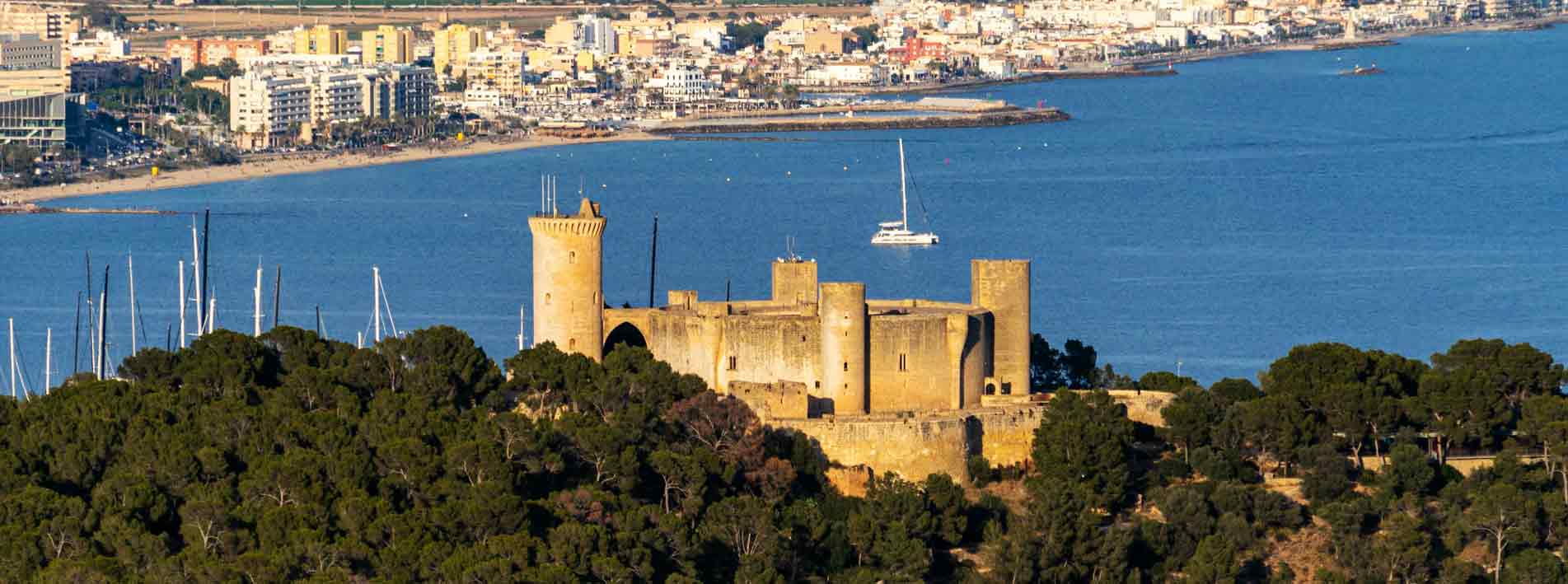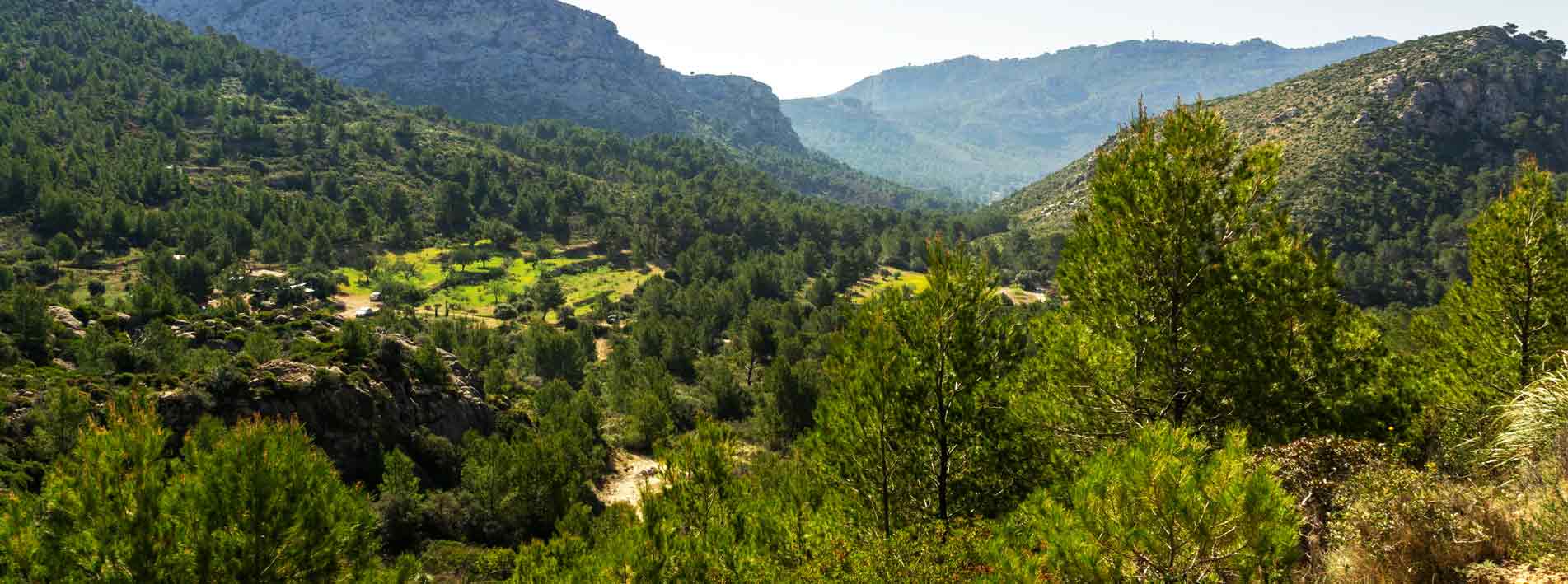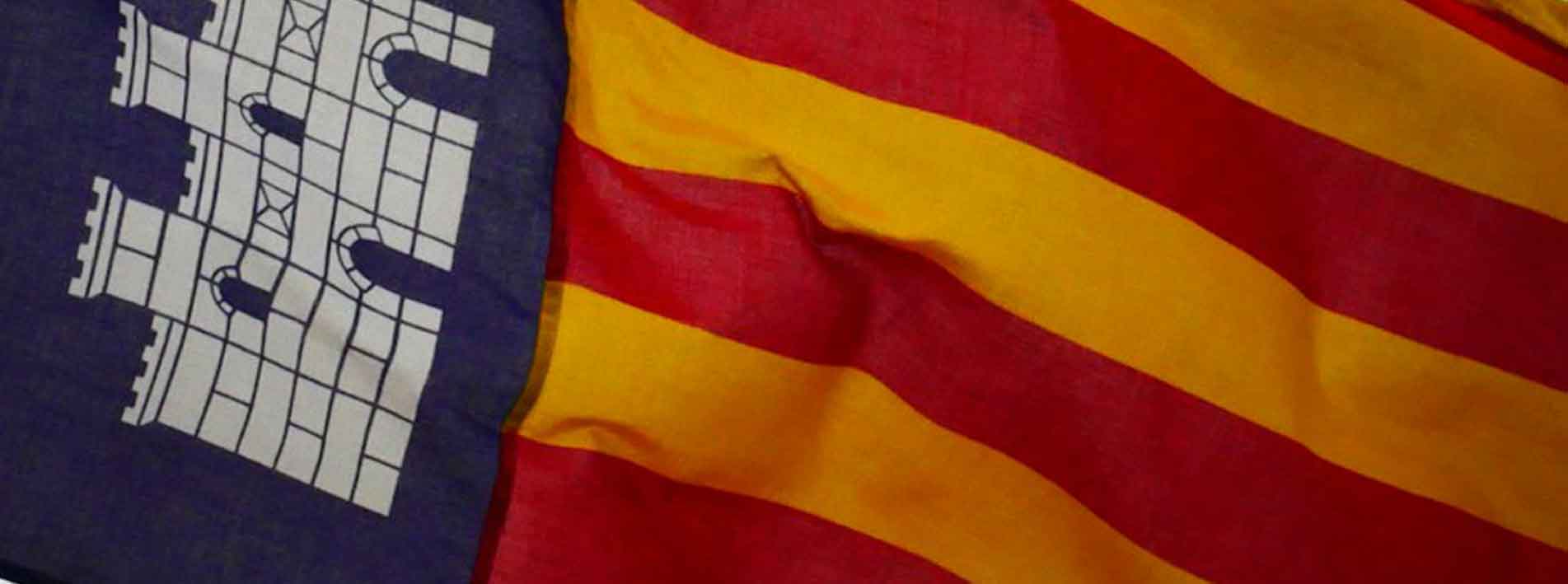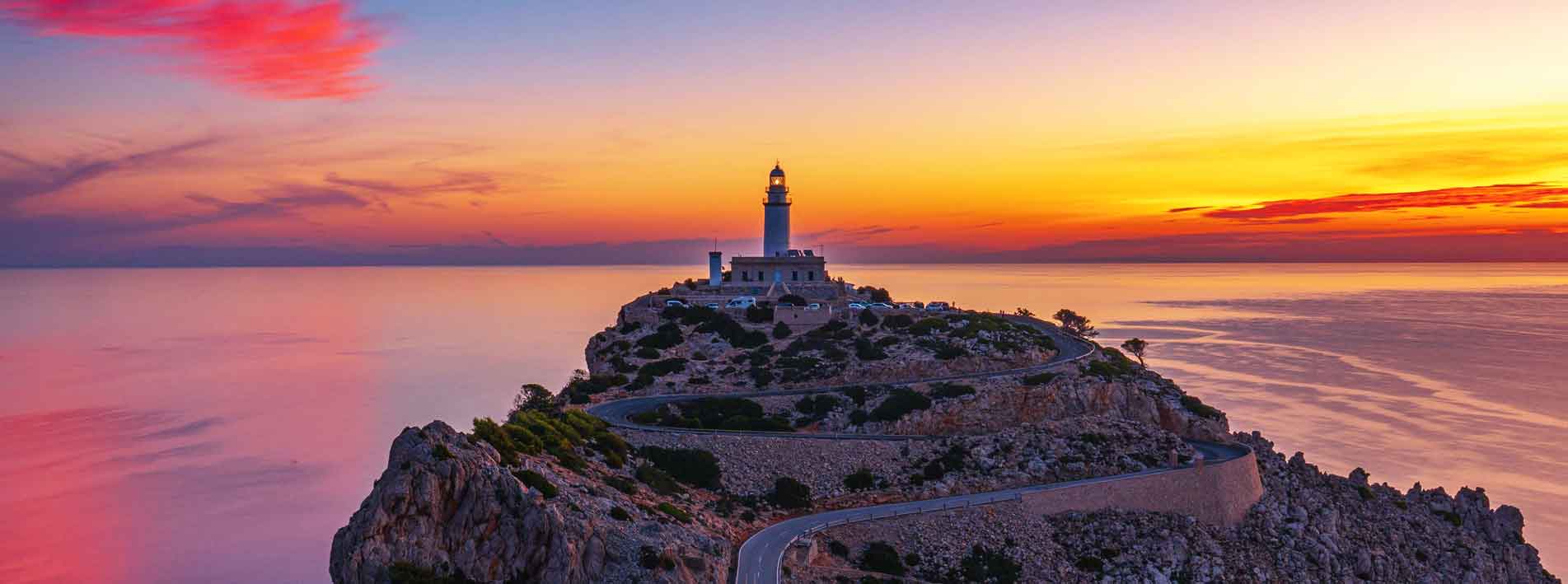Sanctuary of Lluc and Monastery of Lluc
The Sanctuary of Lluc, or Monastery of Lluc (also known as the Sanctuary of Santa Maria de Lluc), is an important spiritual centre and place of pilgrimage in Mallorca, situated in the Serra de Tramuntana in the municipality of Escorca. It is considered the first Marian sanctuary in the Balearic Islands, dedicated to the Virgin of Lluc, patron saint of Mallorca.
Origins of the Lluc Monastery Sanctuary
The origin of the Sanctuary of the Virgin of Lluc goes back to the 13th century, according to tradition, when a shepherd found an image of the Virgin Mary among the rocks of the mountain. Over time, the exact spot where this image was found, later known as the Virgin of Lluc (patron saint of Mallorca), became a place of pilgrimage. The current monastery and sanctuary, where the image is venerated, was built from the 17th century onwards, with later interventions in the 20th century, including the remodelling of the main façade and Baroque decoration, under the direction of Antoni Gaudí.
Religious and cultural importance of the Lluc Sanctuary
The Virgin of Lluc is the patron saint of the island of Mallorca, and her sanctuary is a place of pilgrimage for many Mallorcans and visitors. The Lluc sanctuary is a place of worship and prayer, where the image of the Virgin is venerated and religious ceremonies are held. Numerous miracles are attributed to the Virgin of Lluc, which has reinforced her religious importance and the faith of her devotees.
From a cultural point of view, the monastery of Lluc is a symbol of the identity and culture of Mallorca, a place where the history and tradition of the island converge. The sanctuary welcomes pilgrims, tourists and people seeking a place of tranquillity and reflection in a privileged natural setting.
The monastery of Lluc houses works of art, religious objects and archaeological pieces that reflect the history and rich culture of Mallorca. The Escolanía de Lluc (Lluc Choir), with more than five centuries of history, is one of the oldest musical institutions in Europe and an important part of the island’s musical culture.
Evolution of the Lluc sanctuary
The sanctuary grew over the centuries, becoming an important pilgrimage centre in Mallorca. The current monastery, with its Baroque architecture, was built from the 17th century onwards. In the 20th century, interventions were carried out on the sanctuary, including interior decoration by Gaudí. The sanctuary has been awarded several honorary titles, such as Royal Chapel and Minor Basilica. The Lluc Sanctuary is considered the spiritual heart of Mallorca, a place of faith, culture and nature. It is therefore an important pilgrimage destination for Mallorcans and many visitors.
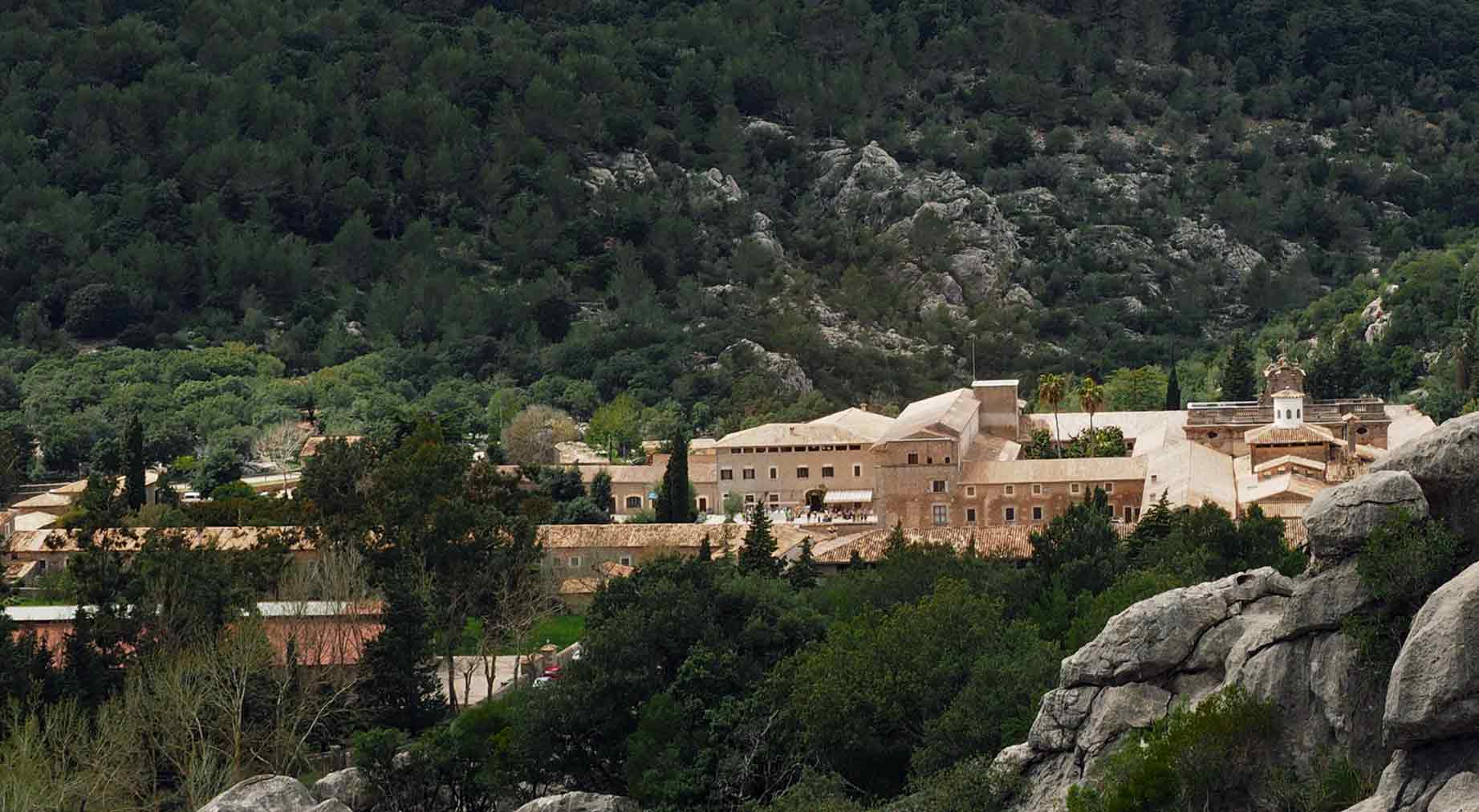 Historical evolution of the Monastery of Lluc
Historical evolution of the Monastery of Lluc
13th century: The monastery is founded after the apparition of the Virgin Mary.
1246: The first chapel is documented in the form of a small hermitage to provide shelter for pilgrims.
14th century: The pilgrimage route from Inca to Lluc is extended.
1456: The Collegiate Church of Lluc is created, with the choir of choirboys, recognised worldwide.
1622: Construction of the current basilica begins.
1684: Inauguration of the main altar, sculpted by Master Jaume Blanquer, who also participated in the interior decoration of the church.
18th century: The sacristy was built, an important addition to the existing main church. The sacristy, together with the Camarín, is considered the heart of the sanctuary.
20th century: Neo-baroque elements are added to the interior of the church, following suggestions by Antoni Gaudí.
1881: The Virgin of Lluc is declared patron saint of Mallorca.
1884: Our Lady of Lluc is canonically crowned.
1962: The Basilica of Lluc is declared a Minor Basilica by Pope John XXIII.
1980s: The Botanical Garden is opened to the public.
Relevant elements of the Sanctuary Monastery of Lluc
The Sanctuary of Lluc has undergone a constant evolution from its humble beginnings to become an important religious, cultural and tourist centre in Mallorca. Its history and traditions make this place a pilgrimage destination and a point of interest for visitors from all over the world. The Monastery of Lluc offers different activities, such as pilgrimages, guided tours, concerts, and activities for school groups.
The Botanical Garden is a space dedicated to the native flora of Mallorca. The sanctuary houses an Interpretation Centre, a place where you can find religious objects, works of art and displays of archaeology, natural sciences and ethnology. In the Plaça dels Peregrins, a garden area, craft and local products markets are held during the summer.
Cultural importance of the Lluc Sanctuary
The Lluc Sanctuary, with its history and legend, is a place of great religious and cultural importance in Mallorca, which has remained a pilgrimage destination and a centre of spirituality. The Virgin of Lluc and her sanctuary are fundamental elements of the identity and culture of Mallorca, representing both the faith and the history and heritage of the island.
By the way, are you coming to Mallorca on a tourism trip? If you find it helpful, you can also consult our travel guide to Mallorca and more tourist information about the island.
By loading this map, you agree to the privacy policy of OpenStreetMap Foundation.

